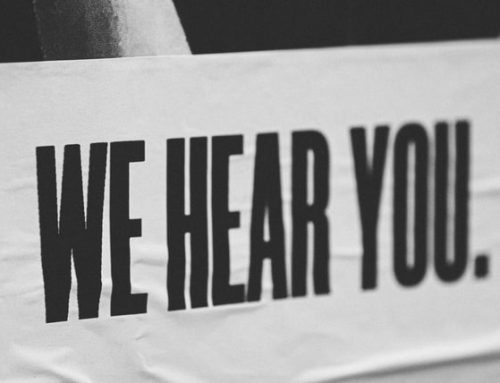Technology has made it possible to communicate in a myriad of ways, and businesses now have a range of media they can use to capture their audience’s attention, from email campaigns, social media, TV ads, cold-calling and direct mail. But those channels are not interchangeable, at least not as far as your customers are concerned, and your audience will favour some channels over others depending on the reason why they get in touch with you.
Understanding where phone calls fit in customers’ journey is therefore crucial to offer them outstanding service and win them over.
First things first
Knowing your audience is the cornerstone of mapping their journey, yet, it is surprising how many SMEs (and larger companies) don’t have a clear idea of who their customers are. If it is your case, go back to basics and make sure that you do know. It will help you identify your audience’s motivations, expectations and which communication channels they prefer to use.
Drawing a customer roadmap
There are a number of tools that you can use to create a map of a customer’s journey such as Smaply. It displays a visual map detailing each interaction with your business, using the personas you create and identifying the emotions that the different types of customers may feel at each stage, helping you to anticipate their reactions and how best to respond to them.
Communication channels
With the advent of social media platforms and portable devices such as tablets and smartphones, the number of communication channels available to your customers has exploded and your customers’ journey is therefore likely to reflect this array of ways they can use to get in touch with you.
As a general rule, you should respect the choice of channel used by customers and contact them through it. However, in some cases, switching is more advisable. If your road map suggests that a customer may be angry or frustrated at a specific point in their journey, calling them is more likely to help you diffuse the situation successfully as it offers the irreplaceable flexibility and empathy of direct human interaction.
How can you check whether your customer roadmap is working?
Once you have created a customer service map and re-assessed you communication channels, you can compare rates of customer retention and satisfaction over all the touch-points you identified, as well as any other Key Performance Indicators relevant to your business.
If you are looking for an outsourced contact centre committed to delivering excellence, contact Corporate Connect, market leader in call centres in New Zealand, on 0800 230 000.












